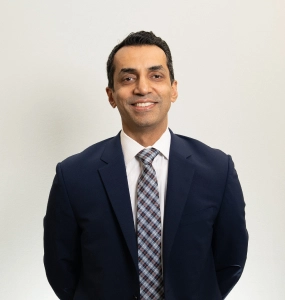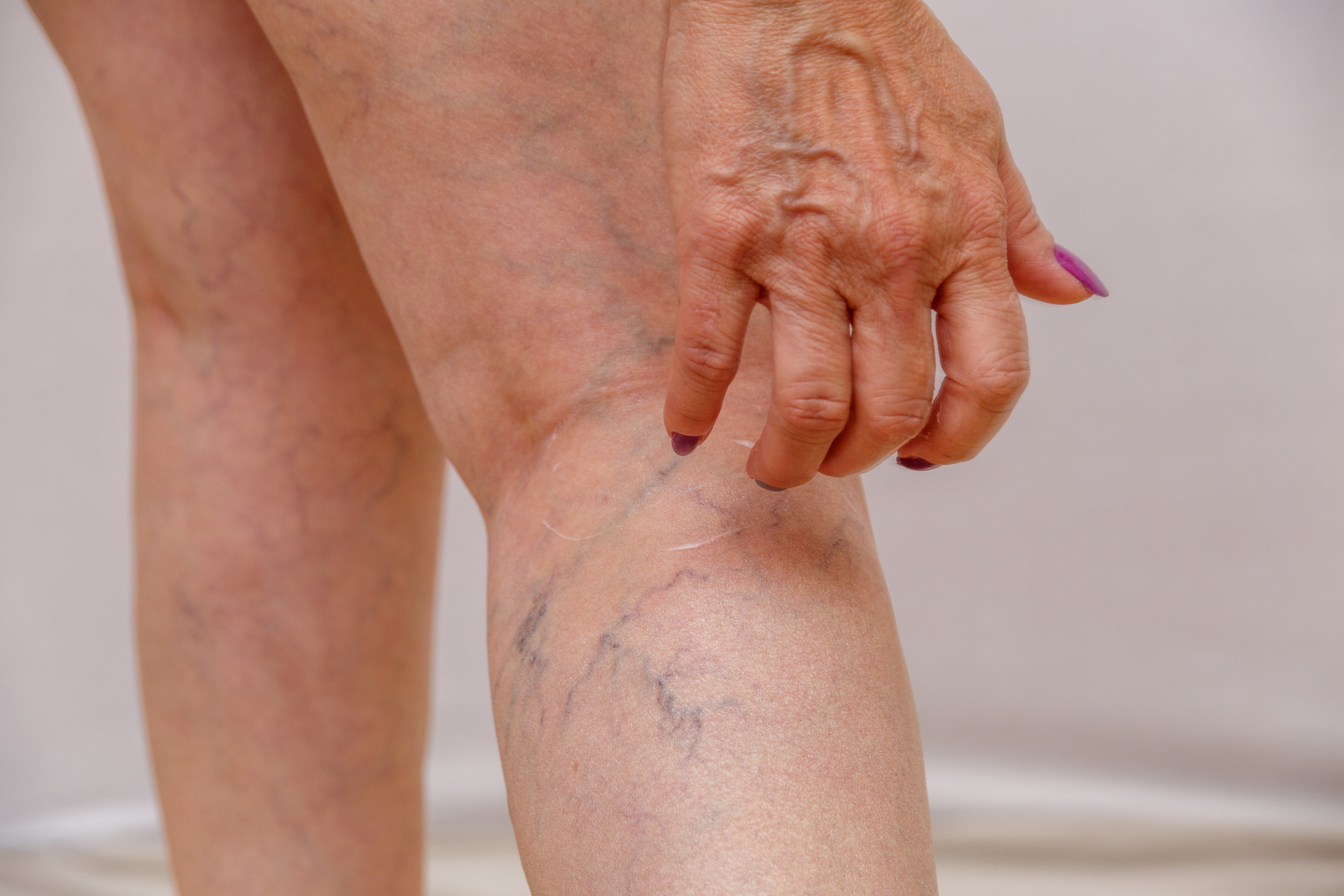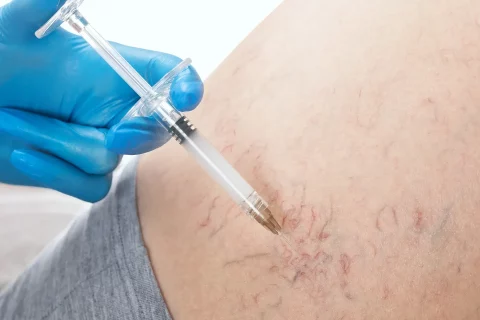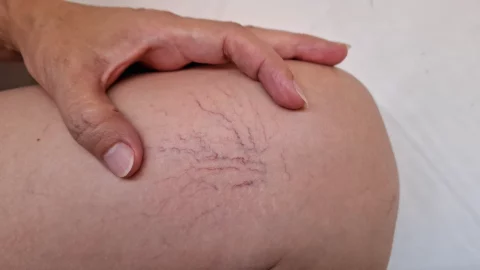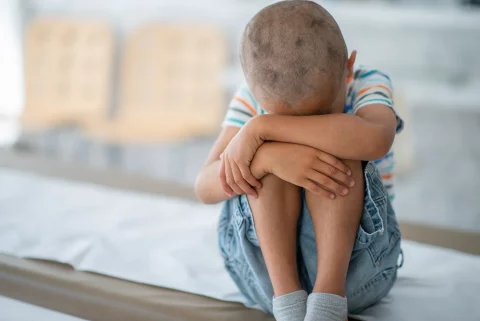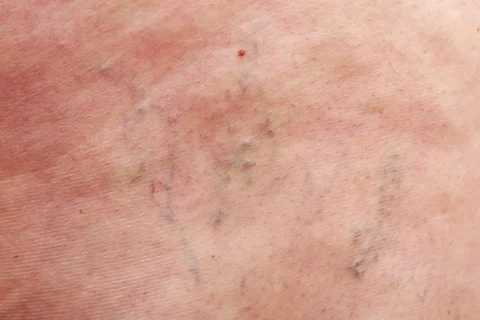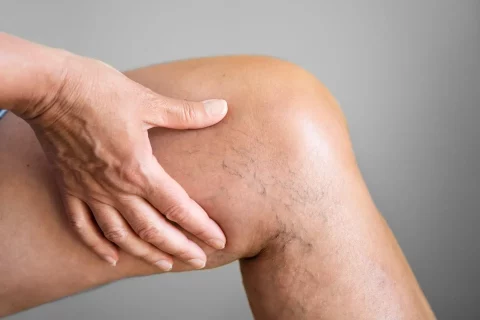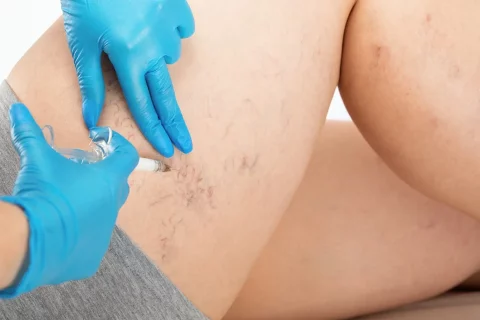Separating Fact from Fiction on Shaving’s Link to Spider Veins
While shaving does not create new spider veins, it can irritate existing ones, making them look worse. To prevent this, shave properly, manage veins with lifestyle changes, and consider expert treatments to safely eliminate spider veins.
Spider veins are small, thin veins that lie close to the surface of the skin. While harmless, many people seek their removal for cosmetic reasons. This leads to common questions about activities like shaving and whether they can cause or worsen spider veins.
Shaving is often blamed for causing new spider veins to appear. But is there any truth to this popular myth? Keep reading to learn more about the do’s and don’ts of shaving with spider veins.
What Are Spider Veins?
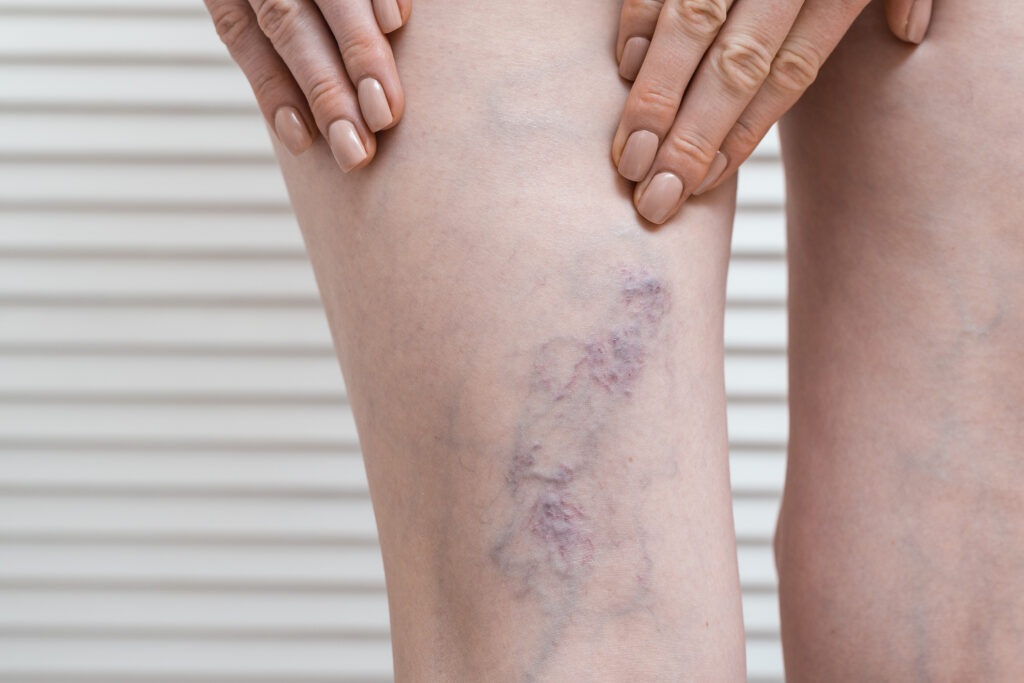
Spider veins, also called telangiectasias, are tiny veins that spread just under the surface of the skin. They got their name from their spider-like shape, with a central vein branching off into smaller capillaries.
While they can appear anywhere, spider veins commonly form on the face and legs. A study revealed that up to 80% of adults have some spider veins, so they are very common. However, they tend to be more prevalent in women due to hormone fluctuations.
Spider veins themselves are harmless and do not usually cause any symptoms. They are often considered cosmetic concerns instead of medical issues. People seek their removal to improve the appearance of the skin in the affected area.
Schedule a free consultation with our vein specialists to determine if those enlarged veins on your legs are harmless or requires medical treatment
Why Do People Want to Remove Spider Veins?
The main reason people wish to get rid of spider veins is for aesthetic purposes. Their red and purple coloring can be considered unsightly, especially on visible areas like the face, legs, and feet.
Spider veins often form tangled clusters called telangiectatic mattes. These areas can measure several centimeters across and draw even more attention.
Fortunately, modern cosmetic procedures offer safe and effective spider vein removal. Treatments like sclerotherapy, laser therapy, and photothermolysis can diminish and eliminate superficial veins.
Myth Busted: Shaving Does Not Cause Spider Veins
There is a persistent myth that shaving your legs can lead to new spider veins forming. But medical experts agree this is just a myth without scientific backing.
Shaving removes hair by severing it close to the skin’s surface. It does not damage the veins or capillaries beneath the skin. Therefore, shaving cannot directly cause new spider veins to develop.
Spider veins form when the valves inside veins stop working properly. This allows blood to flow backwards and pool inside the veins under pressure. The expanded veins take on the characteristic spider shape.
Shaving the skin does not impact vein valve function or overall vein health. As such, it cannot trigger new spider vein growth.
Why This Misconception is Common
While shaving does not cause new spider veins, it can irritate existing veins. The irritation can make already-present spider veins more noticeable.
Often, people mistake this increased visibility for the emergence of brand new spider veins. In reality, the veins were likely already there but difficult to see before shaving.
If shaving makes spider veins stand out more, people assume it also causes the veins to develop. But in truth, shaving likely just reveals veins that have been there all along.
How Shaving Can Irritate Spider Veins
Although shaving does not generate new spider veins, it can inflame existing veins. This causes them to appear more visible and pronounced. Friction from the razor’s blade can irritate sensitive superficial veins. Nicks and cuts in the skin can also damage veins or make them bleed under the skin’s surface.
Any trauma or irritation to a vein, no matter how minor, triggers localized inflammation. The inflamed vein swells and darkens, becoming more obvious through the skin. Redness and tenderness may also occur. This heightened appearance of spider veins after shaving wrongly reinforces the myth that shaving spawned brand new veins.
Protect your existing spider veins from shaving irritation — Get in touch with The Vein Center Doctor for expert recommendations
Who is Most at Risk for Irritation?
Not everyone with spider veins will experience irritation from shaving. But certain individuals are more prone to this effect. People with very thin skin have less protection over superficial veins. Any irritation reaches the veins more easily. The elderly often develop thinner skin over time.
Medications that thin the blood, like aspirin or warfarin, heighten bleeding risk with minor nicks. Even microscopic veins may release blood that pools visibly. Those with many prominent spider veins already have veins closer to the surface. Any friction affects them more than deeply embedded veins.
Fairer skin also shows the effects of inflammation more readily. Inflamed spider veins appear starkly contrasted against lighter skin tones.
Safe Shaving Practices for Spider Veins
While shaving does not generate new spider veins, you can take steps to avoid irritating existing veins:
| Use a sharp razor | Dull razors require more force and repeated strokes to cut hair. Opt for a fresh, sharp razor that glides over skin smoothly. Replace disposable razors frequently. |
| Shave in the direction of hair growth | Shaving against the grain increases irritation by forcing hairs beneath the skin. Go with the grain to minimize discomfort. |
| Apply shaving cream/gel | Lathering up before shaving helps the blade glide while lubricating skin. Gel or cream protects the skin. |
| Avoid tight clothing after shaving | Tight clothes, underwear, or hosiery put pressure on freshly shaved skin. Opt for loose fabrics to prevent irritation. |
| Consider alternative hair removal methods | For some, razors prove too irritating over spider veins. Alternatives like depilatory creams, waxing, or laser hair removal may work better, with their respective pros and cons. |
When to See a Doctor About Spider Veins
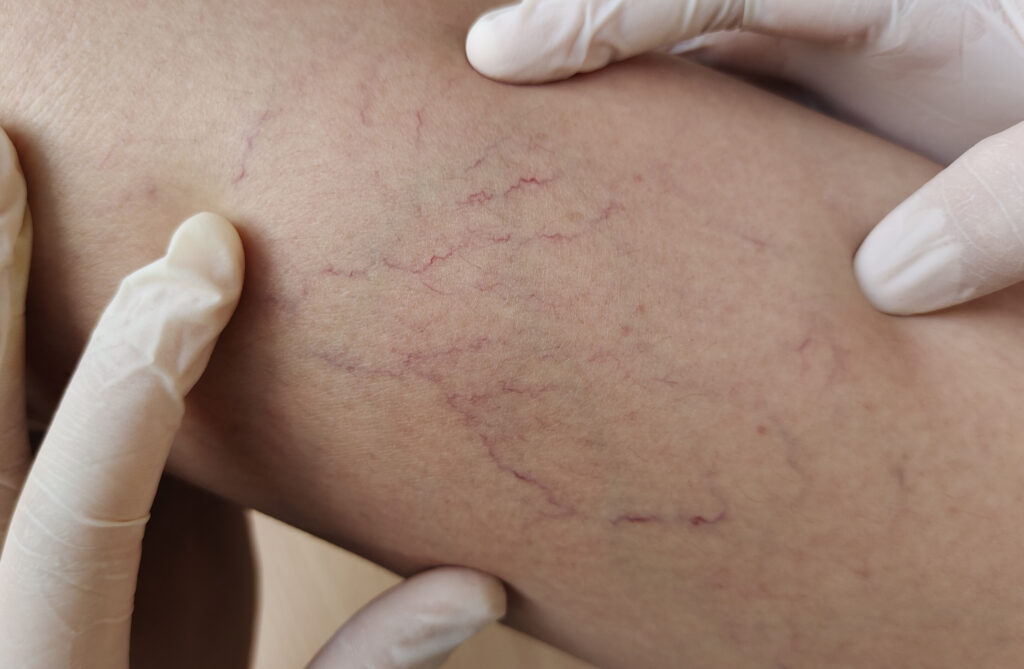
In most cases, shaving irritation only causes temporary swelling and redness in spider veins. The inflammation subsides within a day or two.
However, seek medical advice if you experience:
- Excessive pain or throbbing
- Persistent bleeding
- Major changes in the veins’ appearance
- Ulcerations of the skin
These may indicate an underlying condition requiring treatment. Only a dermatologist can determine if your symptoms are normal or a sign of concern.
Spider veins can also progressively worsen over time. Even if shaving does not impact their development, vein disease may lead to discomfort, aching, cramping, or skin changes.
Consult a vein specialist if your spider veins are:
- Spreading quickly
- Connecting into larger varicose veins
- Becoming painful or tender
- Causing symptoms that reduce your quality of life
Bonus: Tips for Managing Spider Veins
In addition to the proper shaving practices outlined above, here are some extra tips for keeping spider veins smooth and calm:
- Elevate your legs: Allowing legs to hang down for extended periods makes it easier for blood to pool in spider veins under the force of gravity. Taking breaks to elevate legs higher than your heart helps blood circulate back out of spider veins.
- Exercise regularly: Moving the muscles in your legs serves as a natural pump to keep blood flowing in the right direction. Simple calf exercises like heel raises can massage spider veins.
- Maintain a healthy weight: Excess weight adds pressure that can enlarge spider veins and make them more prone to inflammation. Losing weight helps take pressure off veins.
- Wear sunscreen: Sun exposure can damage veins and make spider veins more visible. A broad-spectrum sunscreen protects your skin.
- Avoid long baths and showers: Extended exposure to hot water dilates blood vessels, allowing spider veins to swell with pooled blood. Limit baths and showers to 10 minutes with moderate temperatures.
- Keep an eye on medications: Certain prescriptions like birth control pills can increase spider veins. If new veins appear after starting a medication, contact your prescribing doctor.
- Consider medical treatments: For troublesome veins that do not respond to self-care, treatments like sclerotherapy, lasers, radiofrequency, and Venaseal can successfully remove spider veins for beautiful legs.
Supplement your spider vein treatment by adopting medically-backed recommendations for at-home care. Get in touch with our specialists today
Spider Vein Treatment Options
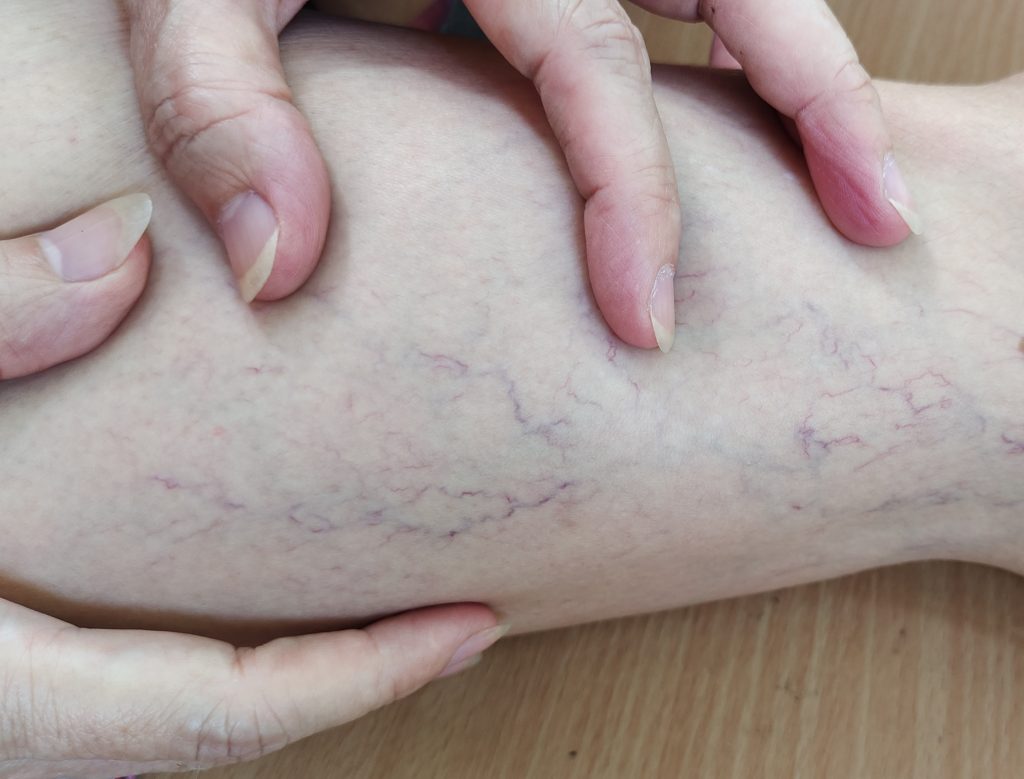
If problematic spider veins do not respond to self-care and become bothersome, several medical treatment options are available.
Sclerotherapy
Sclerotherapy is the standard approach and commonly performed right in the dermatologist’s office. A solution, usually a saline-based one, is injected directly into the spider veins through a very fine needle.
The solution scars and collapses the veins from the inside, sealing them closed. The treated veins fade and are eventually reabsorbed by the body.
Sclerotherapy is highly effective for eliminating spider veins on the legs. Most patients see clearance of spider veins after just 1-3 treatment sessions.
VenaSeal
VenaSeal uses an advanced medical adhesive to close off problematic veins. Guided by ultrasound, the adhesive is injected into the diseased vein through a small catheter.
As it hardens, the adhesive acts like glue to seal the vein shut. The sealed veins collapse and are reabsorbed. Blood reroutes to healthier veins.
VenaSeal also only requires 1-2 procedures with minimal downtime or discomfort. Over 80% of patients saw spider vein clearance 6 months after treatment.
Venous Compression Therapy
Compression therapy applies firm pressure to the legs to keep blood circulating and prevent pooling in spider veins. Graduated compression stockings that deliver 15–30 mmHg of pressure are often recommended for daily spider vein management.
Intermittent pneumatic compression devices can provide stronger pressure. These appliances have inflatable wraps or boots that gently squeeze the legs in cycles to empty spider veins.
sessions help reduce swelling and improve circulation long-term when used along with other treatments.
Radiofrequency Ablation (RFA)
RFA uses heat generated from radiofrequency waves to collapse and destroy abnormal veins. A small catheter delivers thermal energy directly inside the vein wall. As the vein wall collapses from the heat, the vessel seals shut and eventually fades. Blood flow reroutes to normal veins.
For spider veins, RFA often effectively resolves symptoms after 1-2 short treatments. Mild bruising or tenderness may occur.
With multiple safe, proven treatment options available, there is no need to live with distressing spider veins. A consultation with a vein specialist can determine the best route for removing spider veins and improving the appearance of your legs.
Ending Spider Vein Inflammation: Shave Right and Get Expert Treatment
Shaving does not cause new spider veins to form. But it can temporarily aggravate existing veins by causing inflammation. Utilizing proper shaving techniques minimizes irritation to spider veins.If spider veins are worsening or causing distress, consult the veins specialists at The Vein Center Doctor. Our effective medical treatments can successfully eliminate spider veins and improve the appearance of your skin. With a few brief sessions, you can have clear skin free of unsightly veins. Contact us today!
